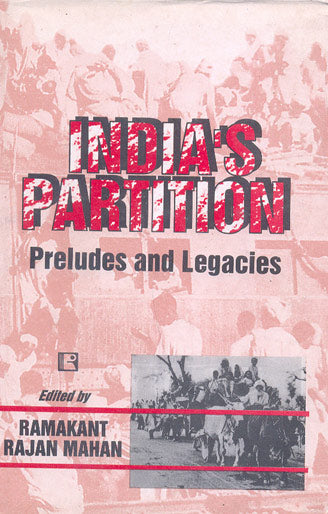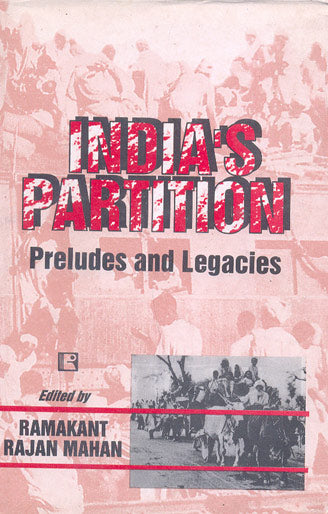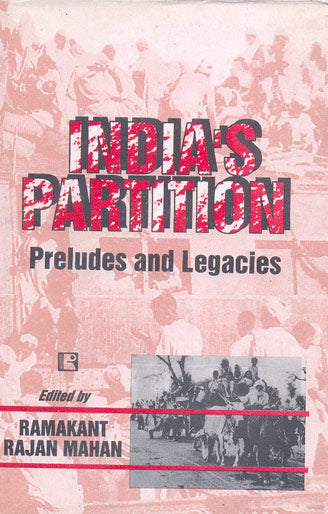INDIAS PARTITION: Preludes and Legacies
INDIAS PARTITION: Preludes and Legacies is backordered and will ship as soon as it is back in stock.
Couldn't load pickup availability
Genuine Products Guarantee
Genuine Products Guarantee
We guarantee 100% genuine products, and if proven otherwise, we will compensate you with 10 times the product's cost.
Delivery and Shipping
Delivery and Shipping
Products are generally ready for dispatch within 1 day and typically reach you in 3 to 5 days.
Book Details
-
Author: S.L. Kayastha
-
Publisher: Rawat Publications
-
Language: English
-
ISBN: 8170334338
-
Publication Year: 1998
-
Pages: 392
-
Cover: Paperback
-
Dimensions: 8.4 x 5.4 x 0.6 inches
-
Release Date: 01-01-2021
-
Sale Territory: India
About the Book
Geography of Population by S.L. Kayastha provides an insightful analysis of the complex relationships between population, environment, and development. The book is divided into four comprehensive sections:
-
Environmental Perception, Problems, and Policies – This section examines environmental issues, such as the effects of industrialization, urbanization, and resource exploitation. It includes case studies like the environmental problems of Varanasi and the flood hazard in Lower Ghaghara Plain.
-
Population Characteristics and Problems – This section discusses issues like population pressure, fertility, poverty, and the interaction of resources and population, with a focus on Himachal Pradesh.
-
Urban and Rural Development, and Migration – It explores the sustainability of metropolitan centers, migration patterns in India, and the role of energy resources in rural development.
-
Impacts of Development and Disasters – This section highlights the effects of development and disasters, examining case studies on tourism, forest management, and disaster-reduction strategies in India.
The book also addresses the integration of environmental issues with population dynamics and the challenges posed by industrialization, migration, and ecological deterioration. With rich empirical data and theoretical analysis, it serves as an invaluable resource for students, researchers, and policymakers in the fields of geography, sociology, and environmental studies.
Contents
-
Section One: Environmental Perception, Problems, and Policies
-
Frontiers in Environment: Reappraisal of Environmental Problems and Policies
-
Environmental Problems of Varanasi: A Perception Survey
-
Flood-Hazard in Lower Ghaghara Plain
-
Quality of Human Environment: A Case Study of Kanpur City
-
-
Section Two: Population Characteristics and Problems
-
Population Pressure in the Himachal Himalaya
-
Some Aspects of Fertility in India
-
Population, Environment, Development, and Poverty in Himachal Pradesh
-
Resources, Population, and the Indian People
-
-
Section Three: Urban and Rural Development, and Migration
-
Sustainability of Metropolitan Centres
-
Scientific Study and Control of Ecological Deterioration
-
Environment and Rural Development
-
Migration and Urbanization in India
-
-
Section Four: Population, Impacts of Development, and Disasters
-
Impact of Tourism in the Himalayan Region
-
Forests in India and the Impact of Economic Development
-
The Bhopal Disaster
-
Population, Disasters, and Disaster-Reduction Strategies
-
About the Author
S.L. Kayastha is an eminent geographer with significant contributions to the study of population, environment, and development. A former Professor and Head of the Department of Geography at Banaras Hindu University, Varanasi, he is widely recognized for his expertise in environmental problems and population geography. Kayastha has authored numerous research papers and is a former member of the IGU Commission on Population Geography and Environmental Problems.





